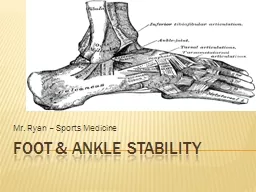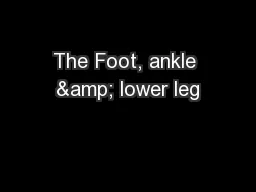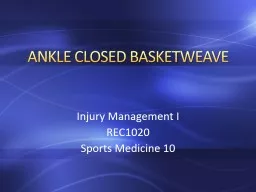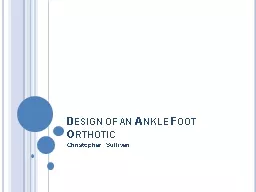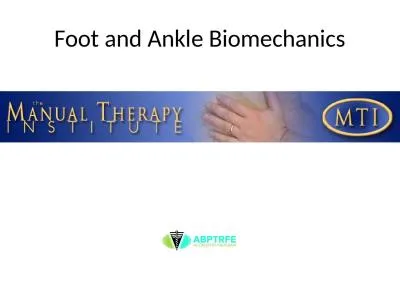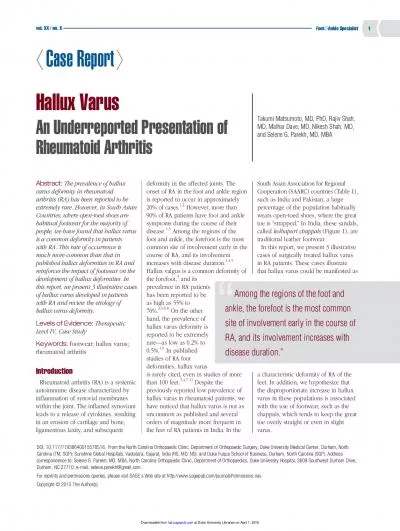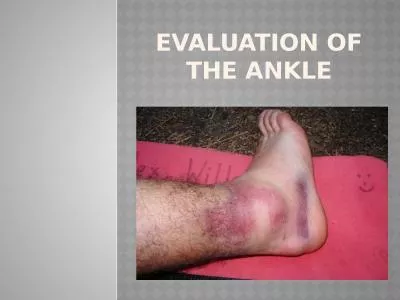PPT-FOOT & ANKLE STABILITY
Author : karlyn-bohler | Published Date : 2017-01-12
Mr Ryan Sports Medicine Stages of Soft Tissue Healing Stage 1 Acute inflammatory Approx 2 days Phagocytes Specialized cells that engulf and gobble up the dead
Presentation Embed Code
Download Presentation
Download Presentation The PPT/PDF document "FOOT & ANKLE STABILITY" is the property of its rightful owner. Permission is granted to download and print the materials on this website for personal, non-commercial use only, and to display it on your personal computer provided you do not modify the materials and that you retain all copyright notices contained in the materials. By downloading content from our website, you accept the terms of this agreement.
FOOT & ANKLE STABILITY: Transcript
Download Rules Of Document
"FOOT & ANKLE STABILITY"The content belongs to its owner. You may download and print it for personal use, without modification, and keep all copyright notices. By downloading, you agree to these terms.
Related Documents

